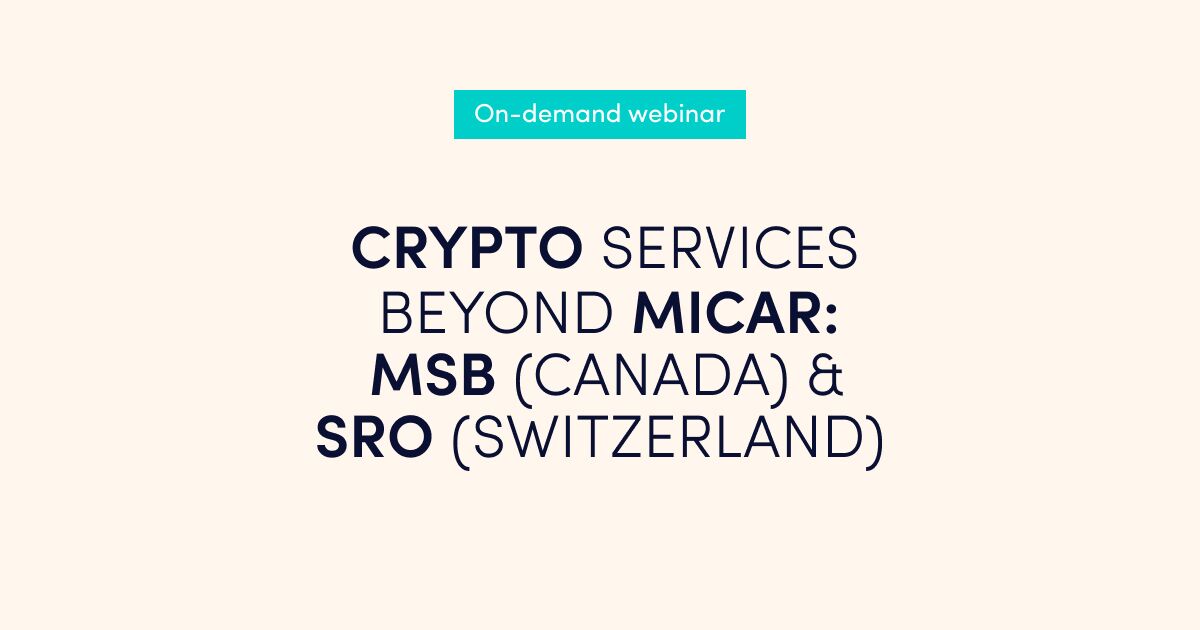A new age of cutting-edge technologies has evolved, and Digital banking is no exception in embracing these technologies. The Digital banking sector has started using more and more technological innovations, and it has taken over traditional banking. What are the main differences between digital banking and standard banking technologies? Let’s compare: services of digital banks vs traditional banks!
1) Opening a digital account
Opening a digital account is the most popular functionality for fintech companies – neo-banks, digital banks or challenger banks. A few years ago, an online application was very innovative feature, but nowadays, it has become a standard process.
According to Statista 60-70% of people prefer to use online or mobile channels when signing up for financial services because face-to-face identification means less comfort and more time spent to onboard.
How and why fintechs can provide online account opening? It is very straightforward – because of technologies and regulations. Digital banking solutions and platforms are online and mobile-first. They are designed to deliver a digital experience that wows customers and keeps them connected on any device, anywhere. These platforms are connected to the most advanced online KYC and AML solutions to check the identity and pass through the onboarding step using a mobile phone or laptop.
From a perspective of regulators and compliance, fintechs have a better, more advantageous position in comparison to banks – e.g., fintechs are not required to have face-to-face meetings. When gathering personal information at the stage of account opening, the institution must verify the identity of the account holder, including documents and non-documentary methods. In fact, all these checks can be done online.
2) Creating more personalized and tailored services
In the world of finances, customer experience is driven by personalisation and tailored-made services that really sets financial institutions apart from traditional banks. Delivering personalised solutions and doing everything to improve customer experience and services are seen as a competitive advantage that helps fintech to increase customer loyalty. People expect that their financial institutions know them very well and offer services and solutions that suit their needs best. It motivates them to interact with financial services companies and their products more frequently.
Every single interaction of this kind is an opportunity for a fintech company to gather more information and data about their customers and then offer more personalised services that fit seamlessly into their everyday life. In comparison to traditional banking, digital banking technologies are more focused on improving customer experience based on continuous data analysis. Whereas banks have long been siloed organizations, driven by internal processes and regulations.
3) Leveraging AI to move forward and deliver personalised services
Artificial Intelligence (AI) solutions have become an integral part of many digital banking solutions. It can be used to manage all the data received from customer interactions – customer behaviour, demographic, psychographic and transactional data. This data can be analysed and then used to align financial services with customer habits and behaviour. To put it simply, customers get what they expect based on their lifestyle and preferences. This technology enables not only advanced data analytics and customer intelligence, but also is used to identify suspicious activities, combat fraud in real-time and take immediate actions to prevent fraud. AML and KYC processes are the best examples, where AI works very well.
If you get to compare with traditional banking, fintechs AI systems are more flexible to any changes, including regulatory, market or customer behaviour shifts. Data or business analytics that fintechs gather every day are used to continually improve services and make changes in demand.
4) Extending services with Open APIs
The driving force for the introduction of Open Banking initiative was the Second Payment Services Directive (PSD2) in the EU. That directive came into effect on January 12, 2018, and required banks to open up access for third-party providers via open APIs (application programming interfaces). This initiative delivered new opportunities for fintechs to adopt new business models and use cases – open APIs have helped fintechs to broaden a range of services as well as monetise connections with other service providers and banks. Besides financial opportunities, open APIs enable businesses to deliver more flexible and personalised experiences to the end-user. Fintechs can analyse the interactions of their customers and rethink their strategies on a product and service range or additional functionalities.
5) Going online with Core Banking technology
Aside from fully digital apps and processes for end-users, digital core banking technology has gone online too. “Heavy and difficult” banking systems were replaced with new types of systems. To address the biggest fintech challenges, forward-thinking digital banks have implemented more innovative core banking technologies to enable fast set up of their business and easy upgrades in processes and functionalities.
We can see that Digital Core banking technology providers, including Advapay, have started to offer additional cloud-based solutions SaaS (Software-as-a-Service) to simplify the market entry process for fintechs. The idea behind this service is that it guarantees the connection to all available functionalities without the need to implement a full system on-premise.
6) Introducing a Cryptocurrency wallet
Unlike traditional banks, for fintech companies, it is possible to work with cryptocurrency companies to deliver crypto services to their customers.
Cryptocurrency is something that cannot be associated with banks and their technology. Banking regulators and banks are very rigorous in terms of bringing crypto businesses and crypto operations on board. They are not only reluctant to work with any crypto business, but they do not want to provide cryptocurrency services or crypto wallets too. This is something that puts fintech companies in a more lucrative position.
A cryptocurrency wallet linked with their current accounts has become an important feature for end-users to store and retrieve their digital assets, like bitcoins or other cryptocurrencies. This is where digital banking technologies get involved and incorporate a module for a cryptocurrency wallet. But, from the regulatory point, crypto wallets and other services cannot be provided under an e-money or payment license – an additional provider or a specific license is needed.
Conclusion:
Modern digital banking technology opens up new opportunities for fintechs and enables them to provide better services to its customers in a more secure, reliable and affordable manner. This way, fintechs sustain their competitive advantage over other competing fintechs and the banking industry. This approach encourages them to swiftly adapt to changing customer behaviour, implement new products and services and compete on a level footing in the new digital banking era.
Digital Online onboarding ensures fast access to services and excellent customer experience. Likewise, comprehensive data and Artificial Intelligence (AI) help digital banks to deliver a higher level of personalization and consumer satisfaction. But when it comes to Open API-based platforms, they enable fintechs to monetise secure connections and offer a broader range of services. Similarly, crypto solutions allow digital banking businesses to offer more attractive services to their customers.
Overall, we can see that anyone can enter the fintech market in a period of two months with a SaaS solution, eliminating a long time-to-market path and winning new customers over their competitors.
Meet Macrobank – Advapay`s digital core banking platform that empowers fintechs to build their digital banks. The platform provides all essential functionalities, a front-to-back system and a set of tools to customize and bring new integrations. Customers can choose whether to connect to the cloud-based SaaS or integrate on-premise Software. Contact us today to learn how Advapay can help you to build your Digital bank.









